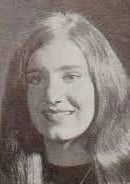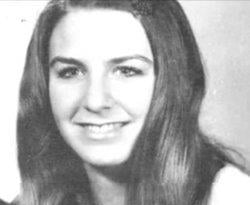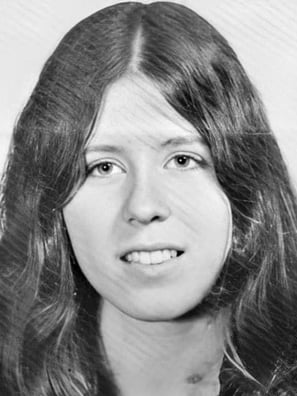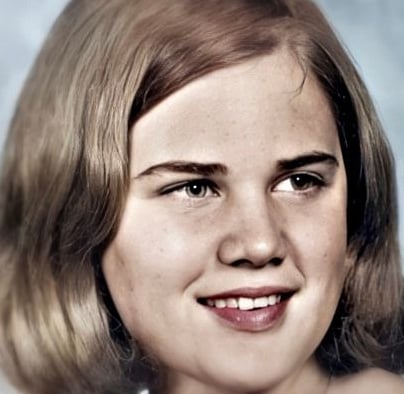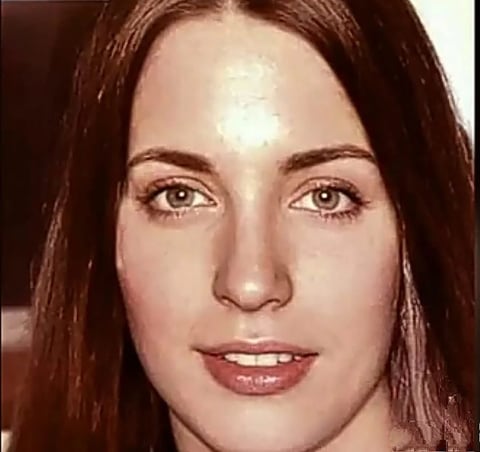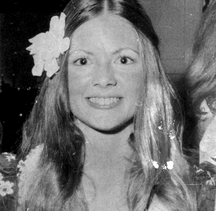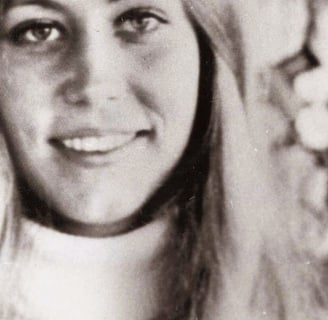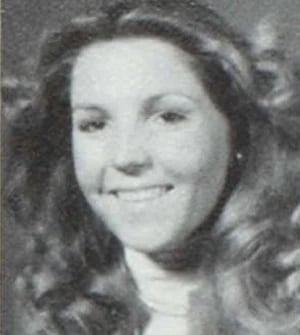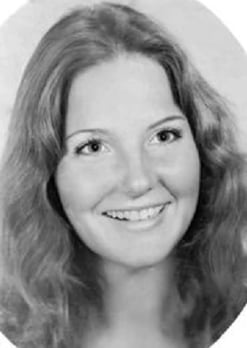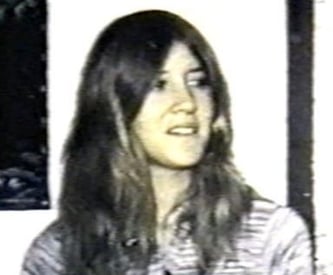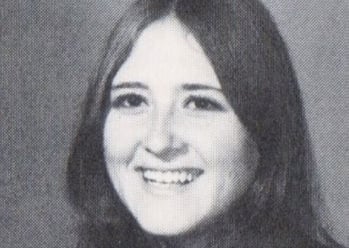Theodore Robert Bundy (Ted Bundy)
A Look into the life and crimes of the American serial killer Ted Bundy (Work in progess)
SERIAL KILLERS
E. King
4/3/20259 min read
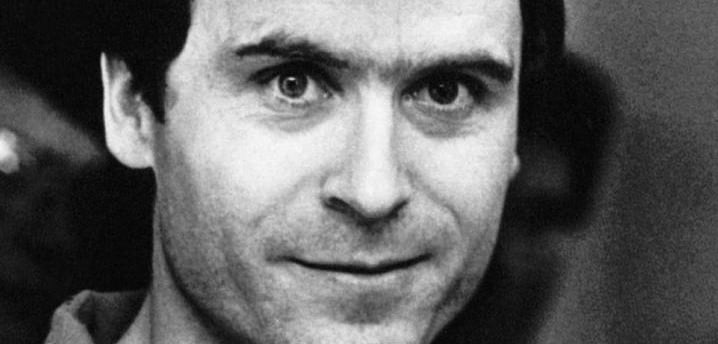

Ted Bundy, born Theodore Robert Cowell on November 24, 1946, in Burlington, Vermont, had a complicated and turbulent early life. His mother, Louise Cowell, gave birth to him at the Elizabeth Lund Home for Unwed Mothers. To avoid societal stigma, Bundy was raised believing that his grandparents were his parents and that his mother was his older sister.
At the age of four, Bundy and his mother moved to Tacoma, Washington, where Louise married Johnnie Culpepper Bundy, a military cook. Ted took his stepfather's surname but remained emotionally distant from him despite Johnnie's efforts to bond through activities like camping. Bundy was shy and socially awkward during his youth, often feeling isolated and uncomfortable in social situations.
Despite these challenges, Bundy excelled academically, maintaining high grades throughout school. He developed an interest in skiing and politics, which later influenced his career aspirations. His early life was marked by a mix of emotional detachment, academic success, and a growing fascination with power and control.
Ted Bundy attended local elementary schools in Tacoma, Washington, after moving there with his mother. During this time, he was shy and socially awkward, often preferring to keep to himself. He focused on his schoolwork as a way to escape from the challenges of his home life and social interactions.
Bundy’s early years were marked by emotional detachment and a growing discomfort in social situations, which later shaped his personality and behavior. Despite these struggles, he maintained good grades and showed signs of academic promise.
In middle school, Ted Bundy began to show signs of a more complex personality. While he remained reserved and introverted, this period of his life marked a subtle shift in how he interacted with the world around him. He was still shy and awkward in social situations, which left him feeling like an outsider among his peers.
At the same time, he began to experiment with petty thefts, a behavior that hinted at a desire for control and rebellion beneath his quiet demeanor. His fascination with control and manipulation started taking root during these formative years, though it remained largely unnoticed by those around him.
Academically, Bundy performed well and often used his intelligence to mask his feelings of inadequacy. Despite his good grades, his inability to form close, lasting friendships persisted, and he continued to struggle with feelings of isolation. These middle school experiences likely contributed to the development of some of the traits that would later define him.
Ted Bundy’s high school years were a continuation of his socially awkward and isolated behavior, though they also marked the beginning of his ability to mask these traits behind a more confident facade. Bundy attended Woodrow Wilson High School in Tacoma, Washington, where he maintained decent academic performance but remained a loner who struggled to form close friendships.
During this time, he began to display a growing interest in politics and public speaking, skills he would later refine to manipulate and charm others. He participated in extracurricular activities and worked small jobs, but his social awkwardness often left him feeling like an outsider. Despite this, Bundy started to learn how to navigate social situations by observing and imitating the behaviors of his peers.
It was also during high school that Bundy’s fascination with control and power subtly emerged. While not overtly alarming to those around him, his tendencies toward manipulation and deceit began to take root. He occasionally shoplifted and indulged in small acts of theft, further reflecting his inner need for dominance and thrill.
High school was a period of transition for Bundy, where his intelligence and emerging charisma began to overshadow his insecurities, setting the stage for the unsettling double life he would later lead.
Ted Bundy’s college years were a pivotal phase in his life, where the charm and intelligence he had begun to cultivate in high school became more pronounced, yet cracks in his facade also started to show. He attended multiple universities during this time, reflecting both his academic ambitions and his inability to fully settle or commit.
Bundy began his college education at the University of Puget Sound in 1965 but later transferred to the University of Washington (UW) in Seattle to study Chinese. During his time at UW, Bundy entered into a relationship with a woman named Stephanie Brooks (a pseudonym), a romance that had a profound effect on him. Stephanie, a wealthy and accomplished woman, embodied the type of status and success Bundy longed to achieve. However, she eventually broke off their relationship, citing Bundy’s lack of ambition and direction as the primary reasons. This rejection deeply wounded Bundy and reportedly became a significant turning point in his life.
After the breakup, Bundy dropped out of UW and spent some time drifting, taking odd jobs and exploring other ventures, including brief stints at Stanford University and Temple University. However, he eventually returned to the University of Washington to study psychology, where he excelled academically and even earned the admiration of his professors. His professors described him as intelligent, charming, and driven, traits that he used to mask his darker impulses.
It was during this period that Bundy began volunteering at a suicide prevention hotline—a paradoxical role for someone with his capacity for harm. His work there allowed him to project an image of empathy and helpfulness, all while concealing the sinister aspects of his personality that were beginning to emerge.
Bundy’s college years represent a mix of ambition, rejection, and the development of his ability to manipulate those around him. This phase of his life set the stage for the horrors that would follow.
Karen Sparks (Joni Lenz)
Karen Sparks, also known as Joni Lenz, is believed to be Ted Bundy's first known victim. In January 1974, while living in Seattle, Washington, Sparks was brutally attacked in her basement apartment. Bundy assaulted her with a metal rod, causing severe injuries, including permanent brain damage and hearing loss
Despite the horrific nature of the attack, Sparks survived, making her one of the few to escape Bundy's violence. Her resilience stands as a testament to her strength amid unimaginable trauma.
Lynda Ann Healy
Lynda Ann Healy was a 21-year-old psychology student at the University of Washington and a talented musician. She worked as a weather forecaster for Northwest Ski Reports, delivering morning updates for skiers. On February 1, 1974, Lynda vanished from her shared house in Seattle. Her disappearance was marked by eerie clues: her bed was found neatly made, but bloodstains were discovered on her pillow and sheets. It was later revealed that Ted Bundy had abducted her. Her remains were eventually found on Taylor Mountain, along with those of other victims.
Donna Gail Manson
Donna Gail Manson was a 19-year-old student at Evergreen State College in Olympia, Washington, majoring in English. Described as a free spirit, she was known for her love of music and her independent nature. On March 12, 1974, Donna left her dorm to attend a jazz concert on campus but never arrived. Ted Bundy later confessed to abducting and murdering her, though her remains were never found. her case remains a haunting reminder of his calculated methods.
Susan Elaine Rancourt
Susan Elaine Rancourt was an 18-year-old freshman at Central Washington State College (now Central Washington University) in Ellensburg, Washington. She was studying biology and was described as a bright, inquisitive, and studious young woman who excelled academically. On April 17, 1974, Susan disappeared after attending a meeting for students interested in becoming resident assistants. Witnesses later reported seeing Ted Bundy on campus that evening, wearing a fake sling and pretending to struggle with books to lure victims. Susan’s remains were discovered on Taylor Mountain in 1975, along with those of other victims. Her tragic story highlights Bundy’s calculated methods and the devastating impact of his crimes.
Roberta Kathleen Parks
Roberta Kathleen Parks was a 20-year-old student at Oregon State University in Corvallis, Oregon. She was majoring in Religious Studies and was described as a thoughtful and kind individual. On May 6, 1974, Roberta left her dormitory to meet friends for coffee but never arrived. Ted Bundy later confessed to abducting and murdering her. Her remains were discovered on Taylor Mountain, Washington, alongside those of other victims. Roberta’s case highlights Bundy’s ability to travel significant distances to commit his crimes, as her disappearance occurred far from his usual hunting grounds.
Brenda Carol Ball
Brenda Carol Ball was a 22-year-old woman living in Burien, Washington, at the time of her disappearance. Known for her free-spirited and adventurous nature, Brenda had recently dropped out of Highline College and was at a crossroads in her life. On the evening of May 31, 1974, she was last seen at the Flame Tavern in Burien, a popular local bar. Witnesses reported that she stayed until closing time and was seen outside the tavern talking to a man with his arm in a sling—later identified as Ted Bundy.
Brenda’s remains were discovered nearly a year later on Taylor Mountain, Washington, along with those of other victims. Her tragic story underscores Bundy’s ability to exploit trust and manipulate situations to commit his crimes.
Georgann Hawkins
Georgann Hawkins was an 18-year-old freshman at the University of Washington in Seattle, majoring in communications. She was described as bright, outgoing, and well-liked by her peers. On June 11, 1974, Georgann disappeared while walking through an alley behind her sorority house after visiting a friend. Ted Bundy later confessed to abducting her, claiming he used a fake leg cast to appear injured and lure her into his car.
Bundy revealed chilling details about her abduction and murder shortly before his execution in 1989. He stated that he had disposed of her remains in Issaquah, Washington, alongside other victims. However, Georgann’s remains were never conclusively identified, and she is still officially listed as a missing person.
Janice Ann Ott
Janice Ann Ott was a 23-year-old juvenile court worker living in Issaquah, Washington. On July 14, 1974, she visited Lake Sammamish State Park to enjoy the sunny weather. Bundy approached her, using his infamous ruse of pretending to have an injured arm and asking for help loading a sailboat onto his car. Witnesses saw Ott willingly leave with Bundy, unaware of the danger she was in.
Janice Ott was one of two women abducted from Lake Sammamish that day, the other being Denise Naslund. Their remains were later discovered in a wooded area near Issaquah. Ott’s case is particularly haunting because it occurred in broad daylight, showcasing Bundy’s audacity and ability to manipulate his victims.
Nancy Wilcox
Nancy Wilcox was a 16-year-old high school student from Holladay, Utah, described as bubbly, funny, and mature for her age. On October 2, 1974, she vanished after leaving her home to buy gum. Witnesses reported seeing her in a yellow Volkswagen Beetle, a car Ted Bundy was known to drive. Bundy later confessed to her murder, stating he buried her body near Capitol Reef National Park, but her remains were never found. Nancy is believed to be Bundy’s first victim in Utah.
Melissa Anne Smith
Melissa Anne Smith was a 17-year-old high school student from Midvale, Utah, and the daughter of the local police chief, Louis Smith. On October 18, 1974, Melissa disappeared after leaving a pizza parlor where she had been spending time with friends. Tragically, her body was discovered nine days later in Summit Park, Utah. She had been beaten, sexually assaulted, and strangled by Ted Bundy.
Melissa’s case is particularly haunting because her father had warned her about the dangers of the world, yet she fell victim to Bundy’s calculated and predatory behavior. Her murder marked one of Bundy’s early crimes in Utah and underscored his ability to evade detection despite his growing pattern of violence.
Laura Ann Aime
Laura Ann Aime was a 17-year-old from Salem, Utah, known for her tall stature and kind personality. On October 31, 1974, she attended a Halloween party but left alone later that night. Tragically, her body was discovered nearly a month later on November 26 in American Fork Canyon, Utah. Ted Bundy later confessed to her murder, revealing that he had beaten, sexually assaulted, and strangled her. Laura’s case is one of the many that underscores Bundy’s calculated and brutal methods.
Debbie Kent
Debbie Kent, also known as Debra Kent, was a 17-year-old high school student from Bountiful, Utah. On November 8, 1974, she attended a play at Viewmont High School with her parents. During intermission, Debbie left to pick up her brother from a nearby skating rink but never returned. Witnesses later reported seeing a man matching Ted Bundy’s description in the parking lot that evening.
Bundy confessed to abducting and murdering Debbie, claiming he held her for a period of time before killing her. He indicated where her remains were located, and a human kneecap was eventually found in the area, later confirmed through DNA testing to belong to Debbie. Her tragic case is one of Bundy’s many crimes that left families searching for answers and closure.
